Content
Planting knifofia in the open field and further care for it
What African hummingbird food plant is grown in Russian gardens? This is a knifophy, planting and care in the open field, which will be described below.
Appearance
The knifofia looks very exotic - you can immediately see a native of distant hot countries. This is a rather large plant, it can stretch up to a meter in height. The leaves are very long (up to fifty centimeters) and narrow, pointed towards the end. They are gathered in bunches around the stem. The color is bright, deep green.
Inflorescences are also long (up to twenty-five centimeters), of the "panicle" type. Something like ears of cereals. Their color is also very unusual. Below are bright yellow flowers, then the color gradually darkens, without losing, however, its saturation. To its tip, the spikelet is already noble red or rich orange.
A fairly large number of varieties of knifofia are grown in the gardens. The most common ones are:
- Traffic lights;
- Flamenco;
- Roadside flame;
- Fire dance;
- Coral Scepter;
- Shining light.
All of these varieties are distinguished by their characteristic brightness and variegation, but there are also varieties with a softer color scheme. It can be the same yellow-orange, but paler, and light pink, and even green shades.
Landing
Seeds of knifofia are sown around mid-spring. The ideal time is early April. Due to the fact that this flower is extremely thermophilic, it must first be grown at home. Moreover, in order for the crops to take root, after planting, it is better to create greenhouse conditions for them - cover them with glass or cellophane film.
The first shoots should appear in about three to four weeks. After two or three true leaves are formed on the plants, you can plant them in separate containers. Frequent watering of the flower is unnecessary and even harmful. It is simple enough to always keep the soil moist, avoiding liquid stagnation in the sump.
Advice
You can also propagate knifofia by dividing the rhizome. This is done, as a rule, either at the beginning of March or in the fall, after the plant has faded. Further care will be exactly the same as when planting with seeds.
Planting knifofia in open ground is carried out when the weather is warm enough. This usually happens in July. It is important not to forget about the size of the plant and observe the distance between the seedlings of forty to fifty centimeters.
The landing site must be sunny, well-lit. Ideally, on some hill. If there are no such places on the site, it makes sense to dig up the hill artificially. The soil of the knifophya needs high-quality and fertile, rather loose, well-permeable moisture. The use of drainage is highly desirable. Also, this plant does not tolerate the proximity of groundwater.
Care
Due to its African origin, the cniphophia easily tolerates drought. However, this does not mean that you do not need to water it at all. Moderate watering is required, while the soil should neither dry out nor be too wet. Once a year, in spring, the plant must be fed with potash fertilizers. In the first summer, weeds should be weeded regularly.
In the second year, the plant should bloom. The flowering period for different varieties can vary quite significantly. For some, it begins in early spring, for others in summer, and for others - almost in autumn. Its duration is usually about two months. Withered inflorescences must be cut.
In mild and snowy winters, the knifofia can be left in the garden for the cold period. Moreover, it must be covered well, having previously tied the leaves together.Next, wrap it in plastic wrap, and on top sketch out spruce branches and fallen leaves. If the winter is going to be harsh and cold or simply with little snow, it makes sense to transplant the plants in a pot and keep them in a warm room until spring.
The most common problem when caring for cniphophy is root rot. This is a disease caused by a fungus. It can appear when the plant is severely waterlogged, which happens quite often with this flower. The main symptoms are wilting of leaves, a change in their color to a painful yellowish.
Having found such signs, it is necessary to dig out the ground fifteen centimeters deep and look at the condition of the roots. If they are black, soft to the touch and smell unpleasant, the cause is precisely in this disease. It should be treated with a fungicide - a special antifungal drug.
Output
So, there are several important points to keep in mind when caring for cniphophia outdoors.
- This plant is southern, African, which means it is thermophilic. Hypothermia is unacceptable. Landing in open ground should be carried out only in the warm season. For the winter, the knifophia must be properly covered or moved indoors.
- A large amount of moisture is detrimental to these flowers. It is necessary to control watering and carefully monitor whether the plant has symptoms of root rot.
- In the first summer of a knifofia's life, frequent weeding is needed around her.
- Potash fertilizer should be applied to the soil once a year.
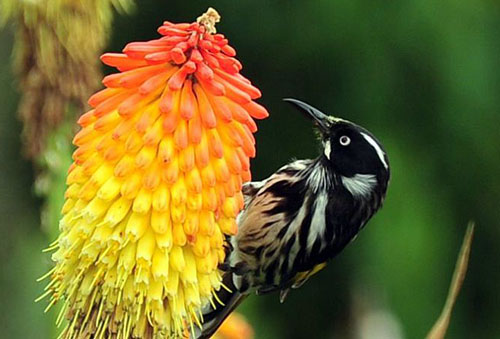
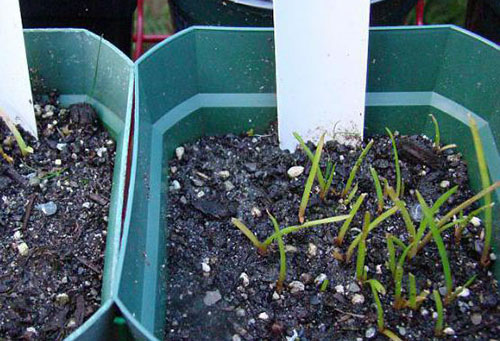
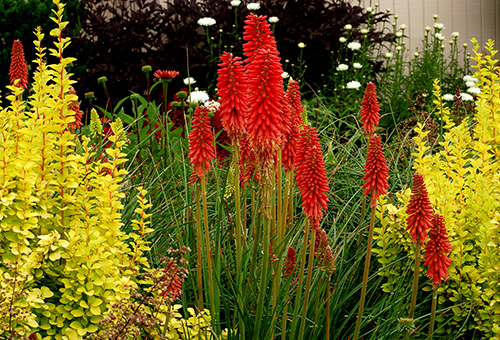

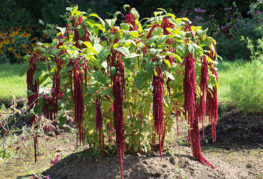
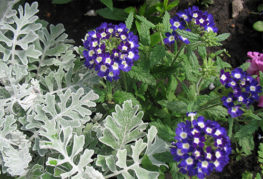
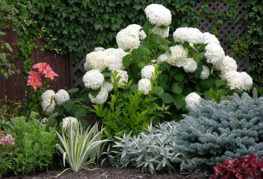
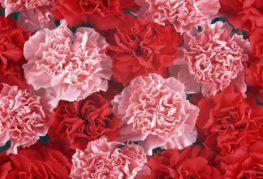

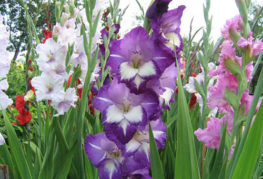
and will be published shortly.